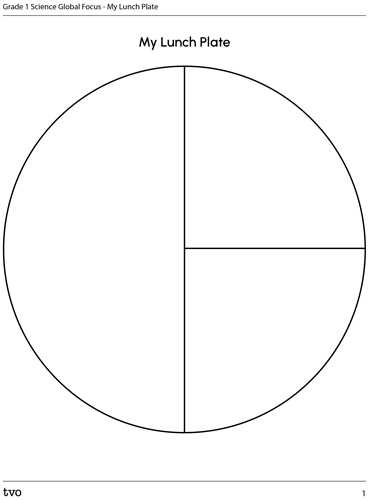Minds On
Mealtime!
You may have explored this picture before in health class when you studied healthy eating. It comes from Canada’s Food Guide.
How many foods on this plate do you know?
Record your list on paper, on the computer, or in a recording.

A plate of food containing fruits and vegetables, protein, and whole grains. Some of the foods include berries, apples, spinach, eggs, bacon, pasta, bread, and rice. There is a glass of water next to the plate.
Action
Food as energy
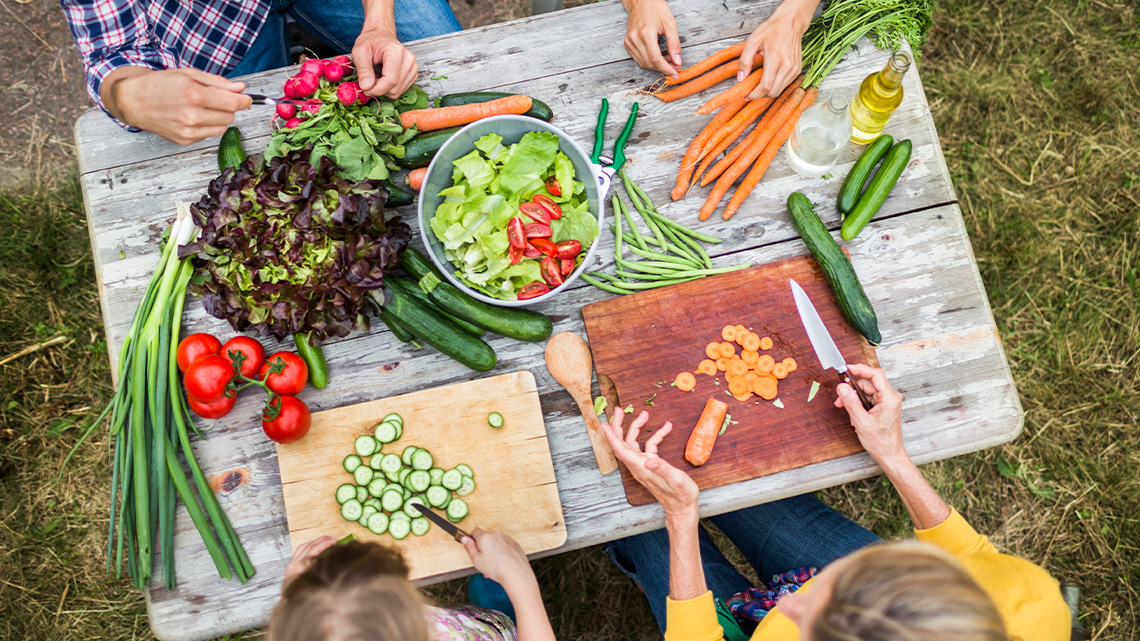
What is energy?
Energy is being able to do work. All living things need energy to survive.
Plants get energy from the sun, fish can get their energy from plants or smaller fish, and people get energy from the food we eat. People need energy to think, move, and grow.
Food is a source of energy. Food has many nutrients that help keep people healthy.
There are many types of food that are healthy to eat and can help people stay healthy. Healthy food can help the body grow. Healthy food gives us the energy we need all day to learn and play.
Student Success
Think!
With a partner, if possible, can you think of healthy foods you enjoy that give you energy?
Note to teachers: See your teacher guide for collaboration tools, ideas and suggestions.
UN Sustainable Development Goal #3: Good health and well-being
Connecting to the world
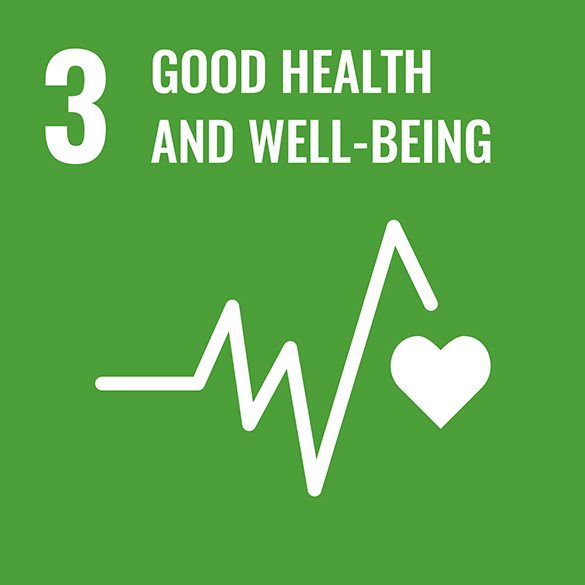
The United Nations (UN) is a group of many countries from around the world that have come together to create a better future for people and the environment. They have created 17 goals called the Sustainable Development Goals.
This learning activity is connected to Goal #3 which is called Good Health and Well-being. This means everyone should have what they need to live a healthy life.
Living things need other living things to survive. All living things need water and energy to survive. Plants need water, birds and insects need plants, and people need food.
All around the world, people eat different foods.
People eat diverse foods because they live in different places. Different climates can grow different kinds of food. Like people, healthy foods need a healthy environment to grow.
What is a healthy environment?
The environment is everything around people, animals, and plants. To be a healthy environment for everyone, it needs:
- clean air
- clean water
- clean soil
- healthy food
Some foods may need soil, clean water, and sunlight. Some foods, including spinach or kale, can be grown in colder climates. Other foods, like bananas, are grown in warmer climates. Some foods can be grown in water, without soil.
When we grow our plants and animals in a healthy environment, we will have healthy food to eat.
Canada’s Food Guide
All around the world and in our communities, people eat foods for energy and to stay healthy.
Canada’s Food Guide gives healthy food suggestions to Canadians.
Explore this TVO Kids News video entitled “New Canadian Food Guide” to learn more about healthy food.
Think about these questions when exploring the video:
- Which foods in the video have you tried?
- Which foods would you like to try?
Record your answers on paper, on the computer, or in a recording.
Healthy food groups
The Canada food guide suggests eating foods from different food groups to be healthy. What are these food groups?
DescriptionA carousel of four images. Image 1: This is an image of a plate divided in half, with the right side divided in half again. The left side of the plate contains different fruits and vegetables on it and is labelled "One half (1/2) fruits and vegetables". Image 2: This is an image of a plate divided in half, with the right side divided in half again. The top right section of the plate contains different proteins and is labelled "One quarter (1/4) sources of protein". Image 3: This is an image of a plate divided in half, with the right side divided in half again. The bottom right section of the plate contains different whole grains and is labelled "One quarter (1/4) whole grain foods". Image 4: A glass of water.
Living things help each other
Living things such as plants and animals provide food for other living things. This helping creates a healthy environment for all who live there.
Brainstorm
Brainstorm
Can you think of ways that plants and animals can provide for the needs of people?
Record your thoughts using any method of your choice. If possible, share your thoughts with a partner.
Plants can provide people with shelter, fuel, and clean air.
Plants and animals also provide food.
Plants provide animals and people with grains, fruits and vegetables, and can be a source of protein.
Plants give us food in many ways, like vegetables, fruits like oranges, grains in breads, and seeds like sunflower seeds or rice.
Animals can also be a source of protein.
Animals also give us food in many ways, including eggs, milk, or meat.
Did You Know?
Did you know?
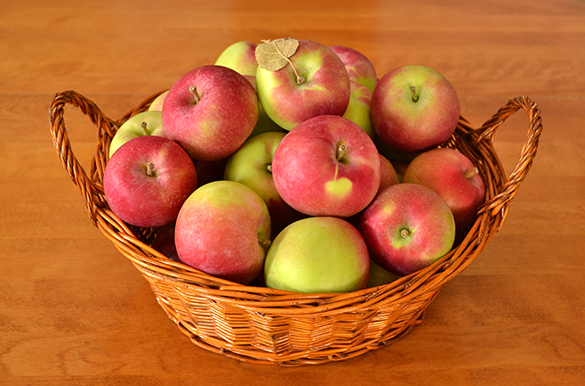
Apples were first grown in Eastern Ontario by farmer John McIntosh in 1811, who began growing his farming business and shipping his apples.
Consolidation
How living things help each other
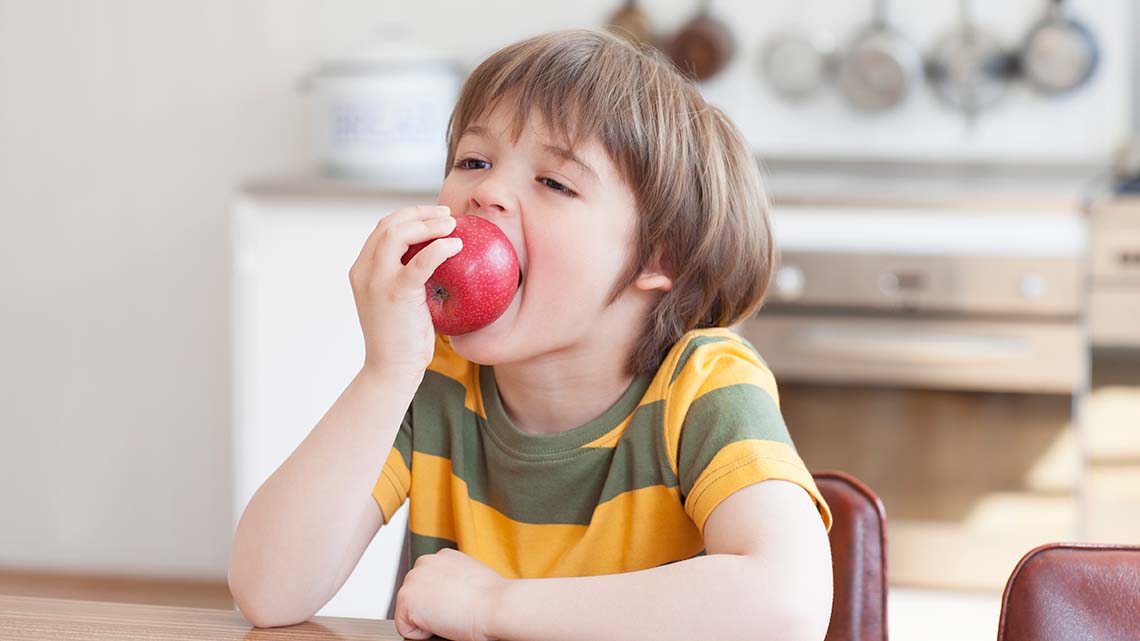
Let’s think about how living things help each other to make a healthy environment.
Name two things plants do to help animals and people.
Name two things animals do to help animals and people.
Record your answer on the computer, on paper, or in a recording.
Healthy eating choices
If you could create a lunch plate that the Canada Food Guide would suggest, what are 5 things that you could include?
You can record your choices on the computer, in a recording, on paper, or use this chart.
You can use pictures or words to share your choices.
Press ‘Hint’ to access Canada’s Food Guide plate for ideas.
Canada’s Food Guide plate
 Description
Description
A plate of food containing fruits and vegetables, protein, and whole grains. Some of the foods include berries, apples, spinach, eggs, bacon, pasta, bread, and rice. There is a glass of water next to the plate.
Complete the My Lunch Plate in your notebook or using the following fillable and printable document. If you would like, you can use speech-to-text or audio recording tools to record your thoughts.
Think about it!
Would everyone choose the same 5 foods for their plate? Why or why not?
Record your answer on the computer, on paper, or in a recording.
Reflection
How do you feel about what you have learned in this activity? Which of the next four sentences best matches how you are feeling about your learning? Press the button that is beside this sentence.
I feel…
Now, record your ideas about your feelings using a voice recorder, speech-to-text, or writing tool.




